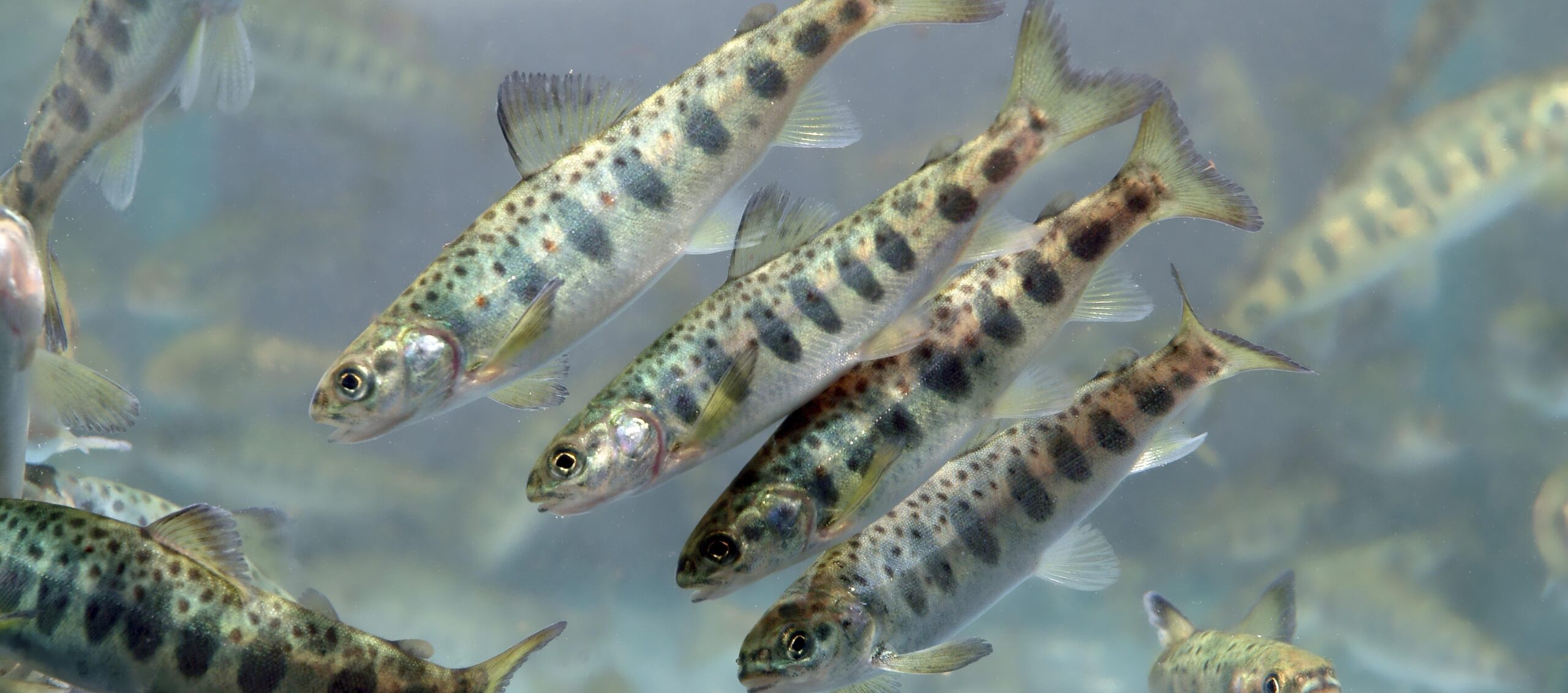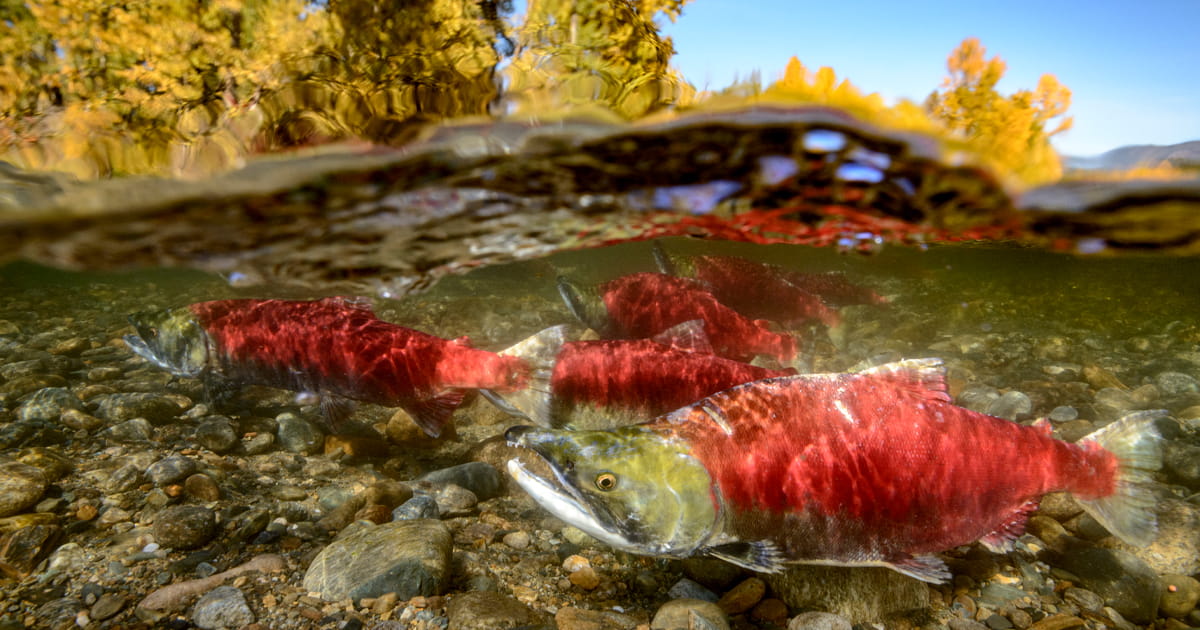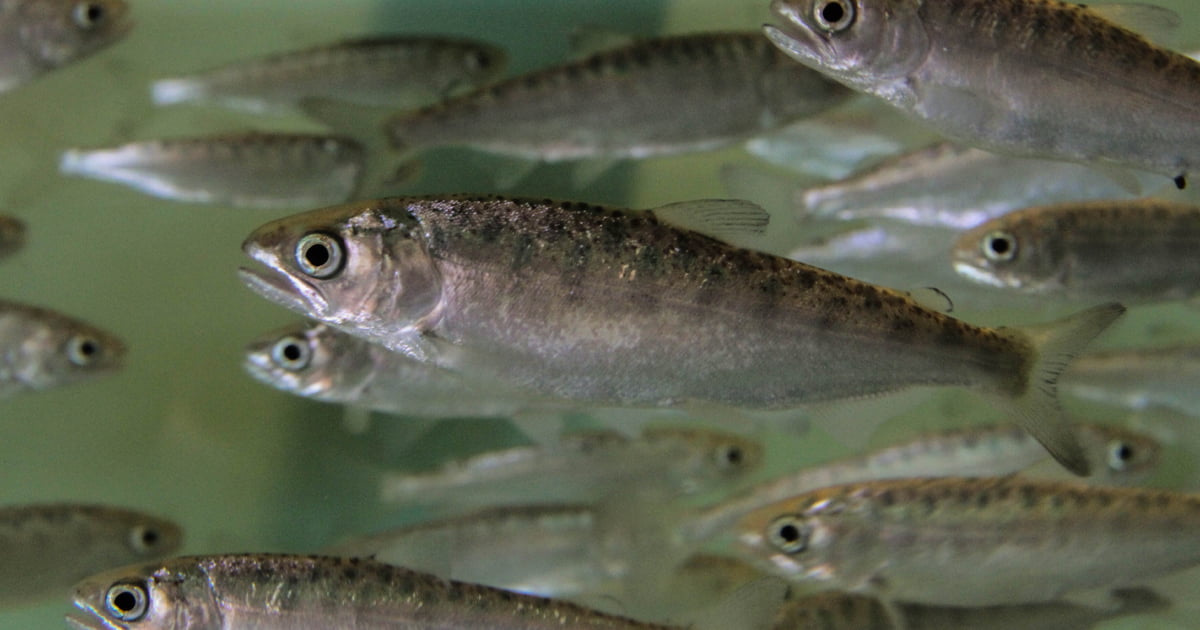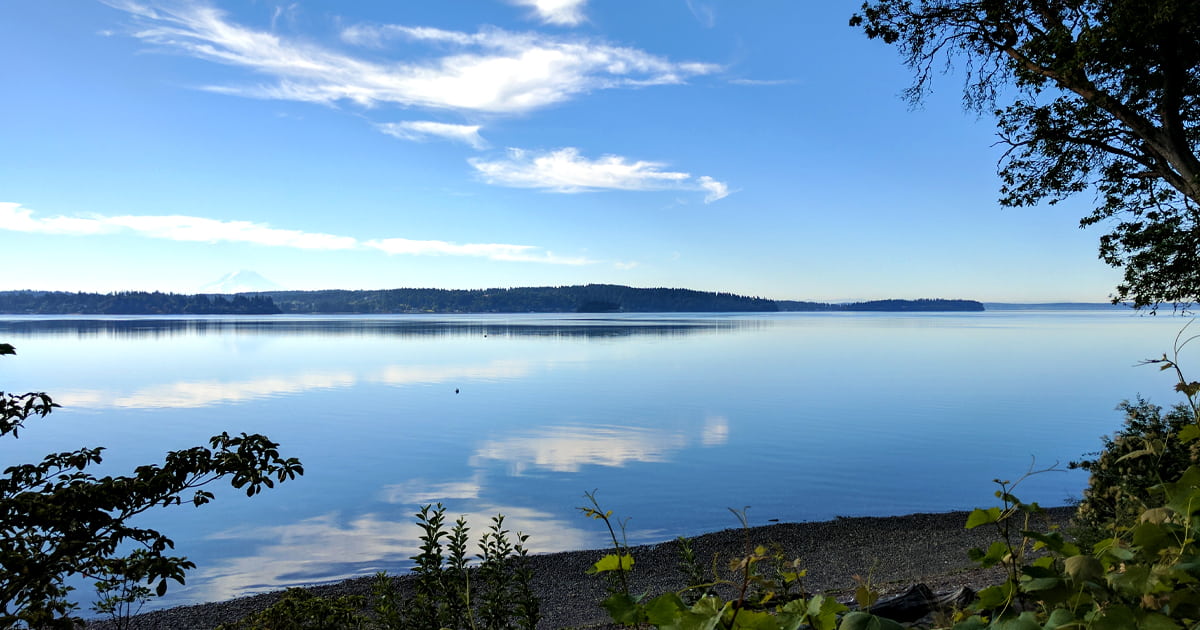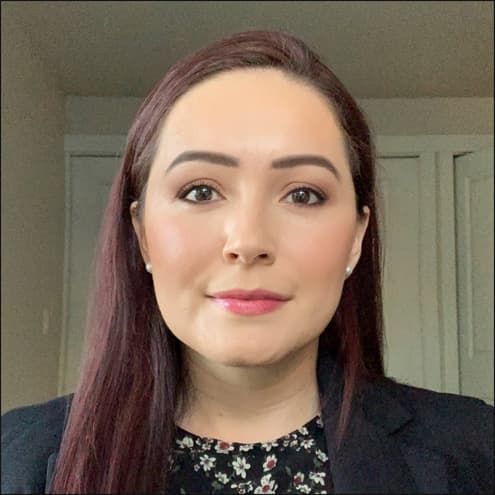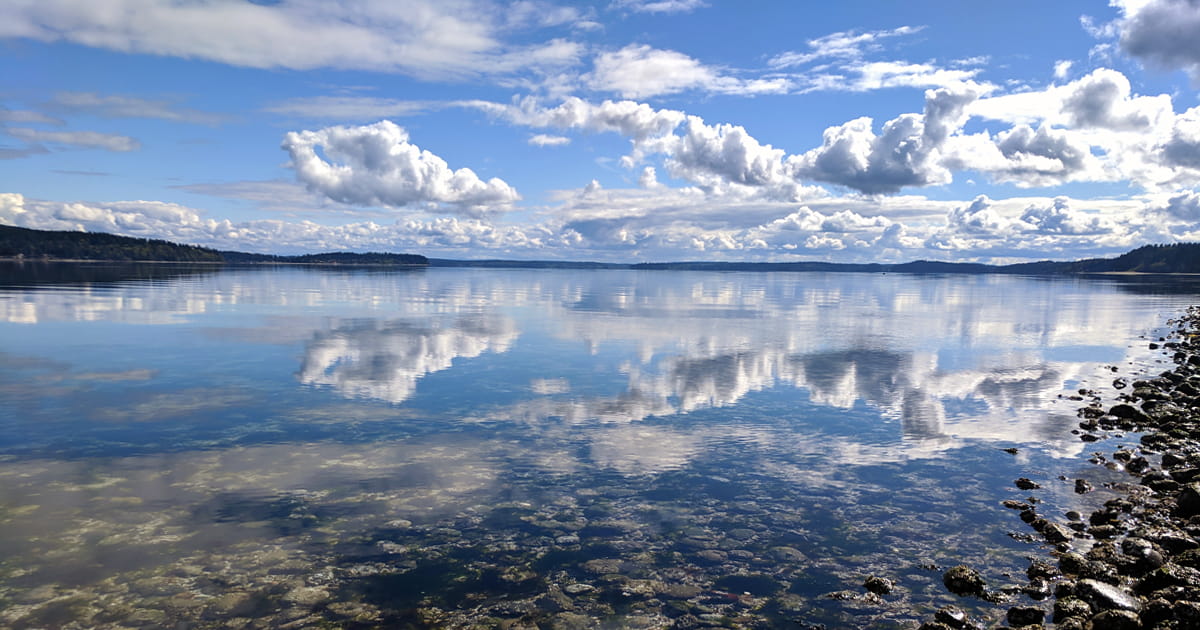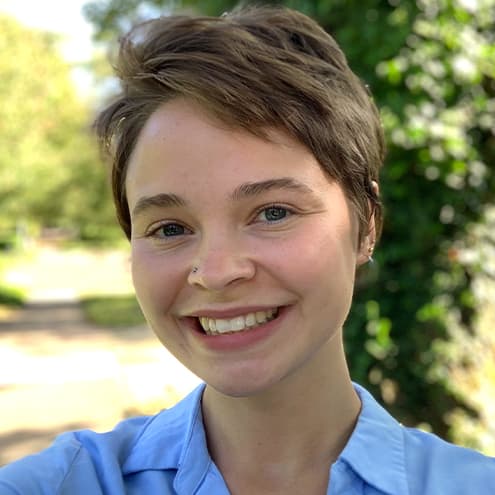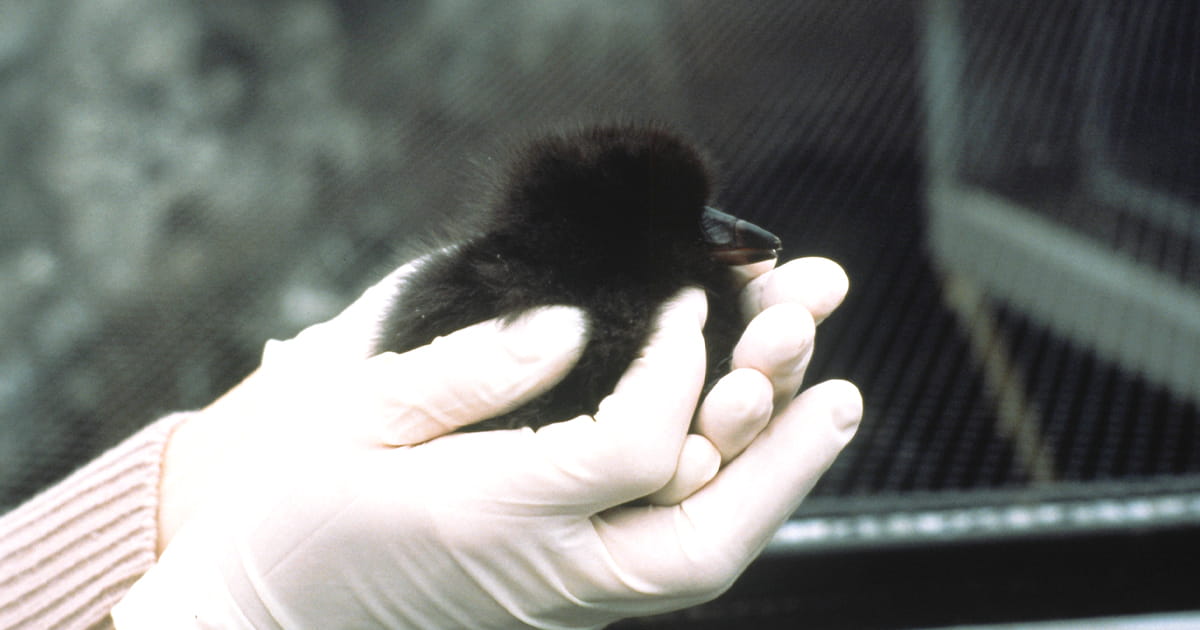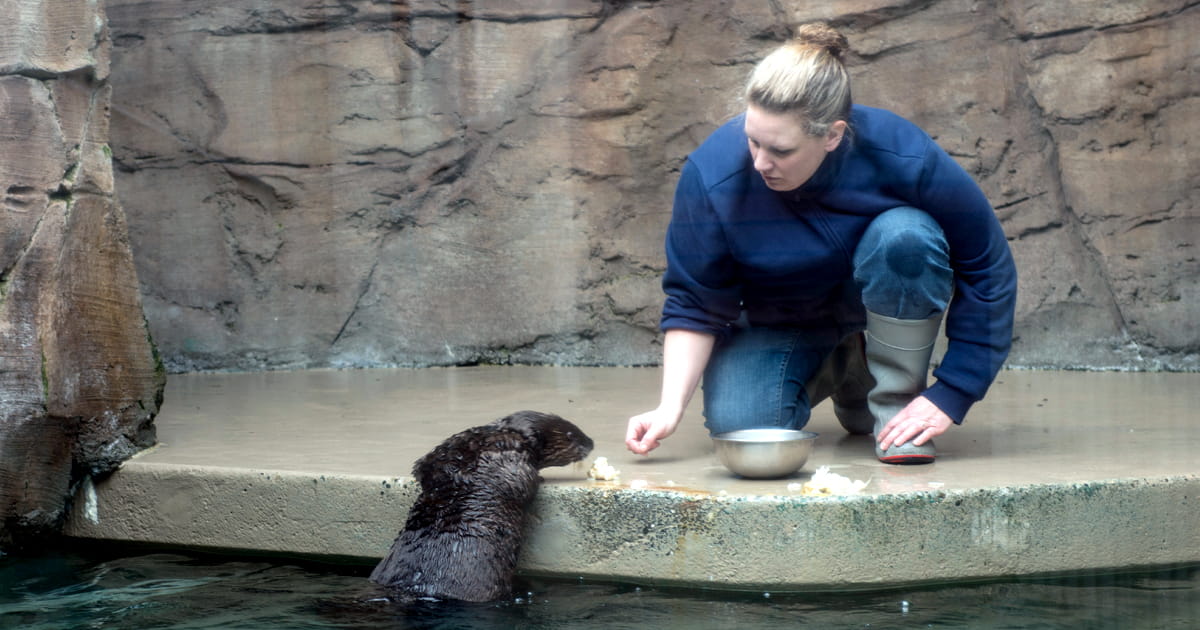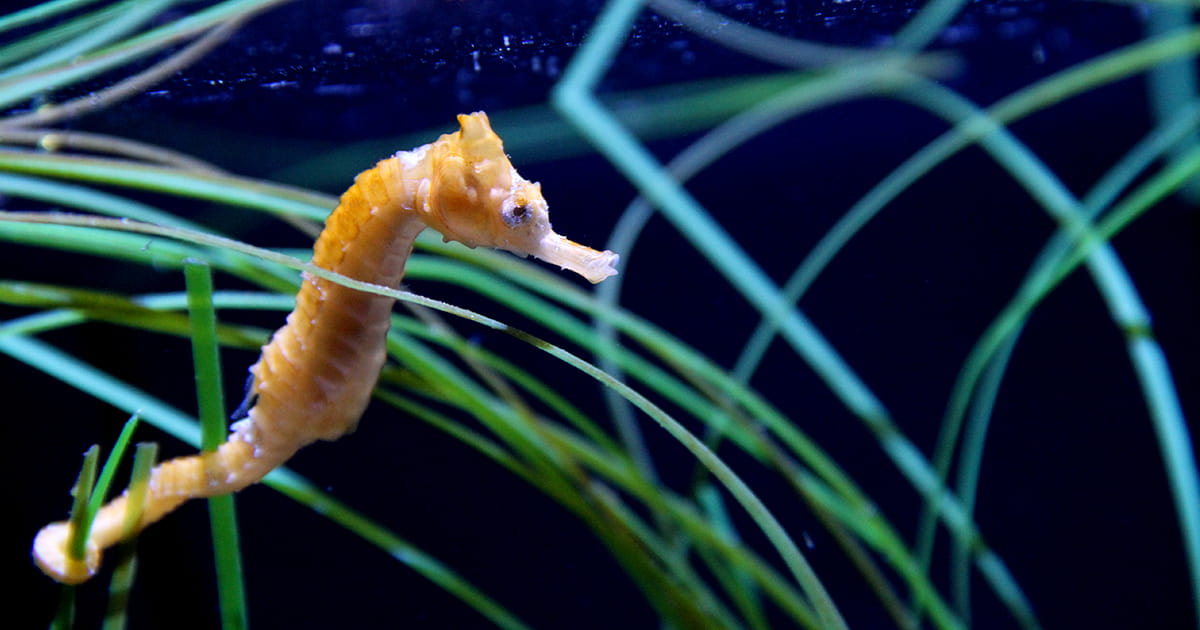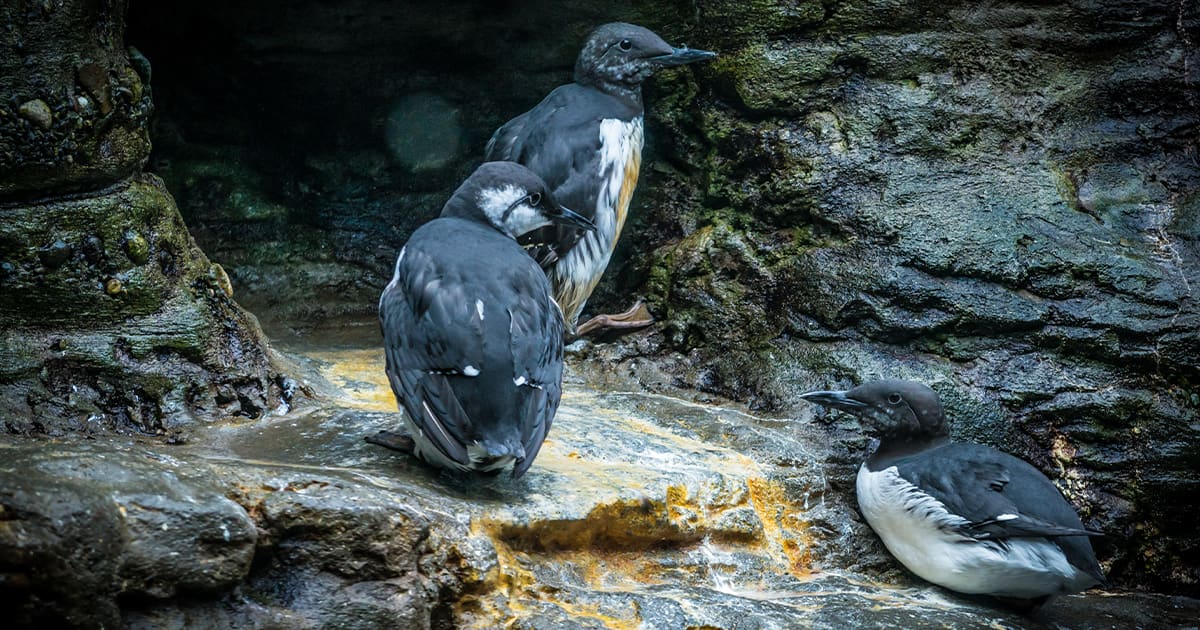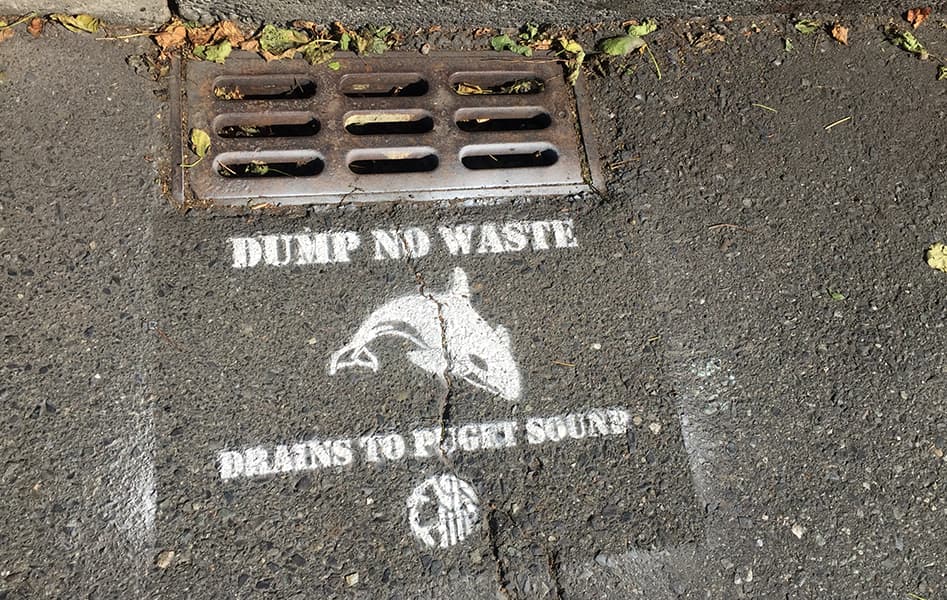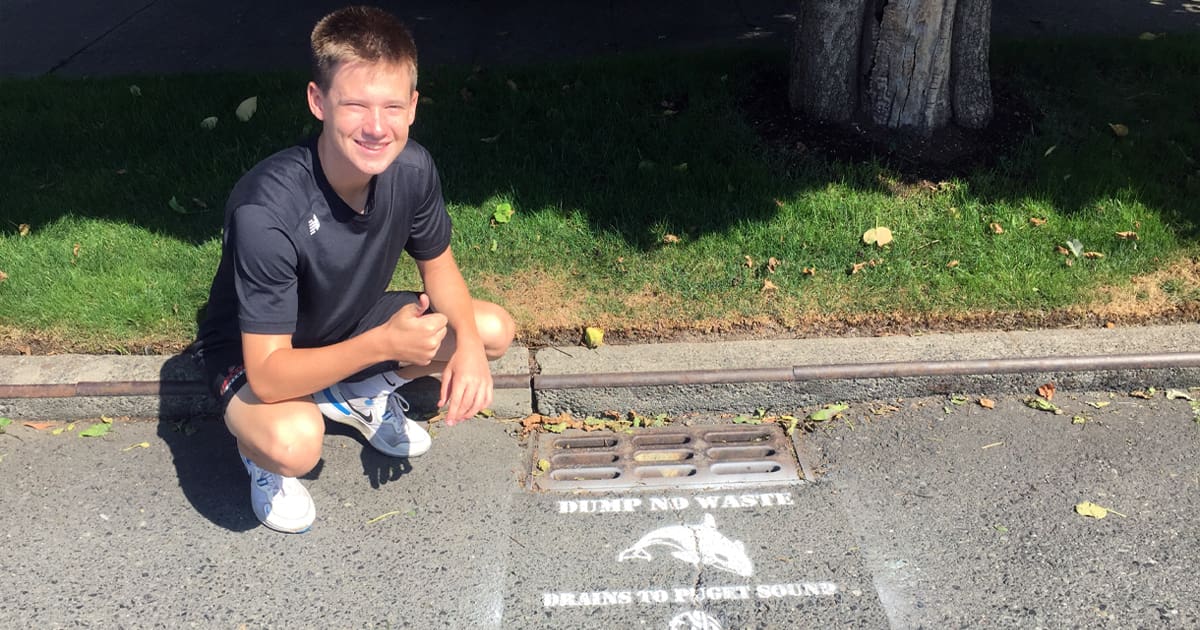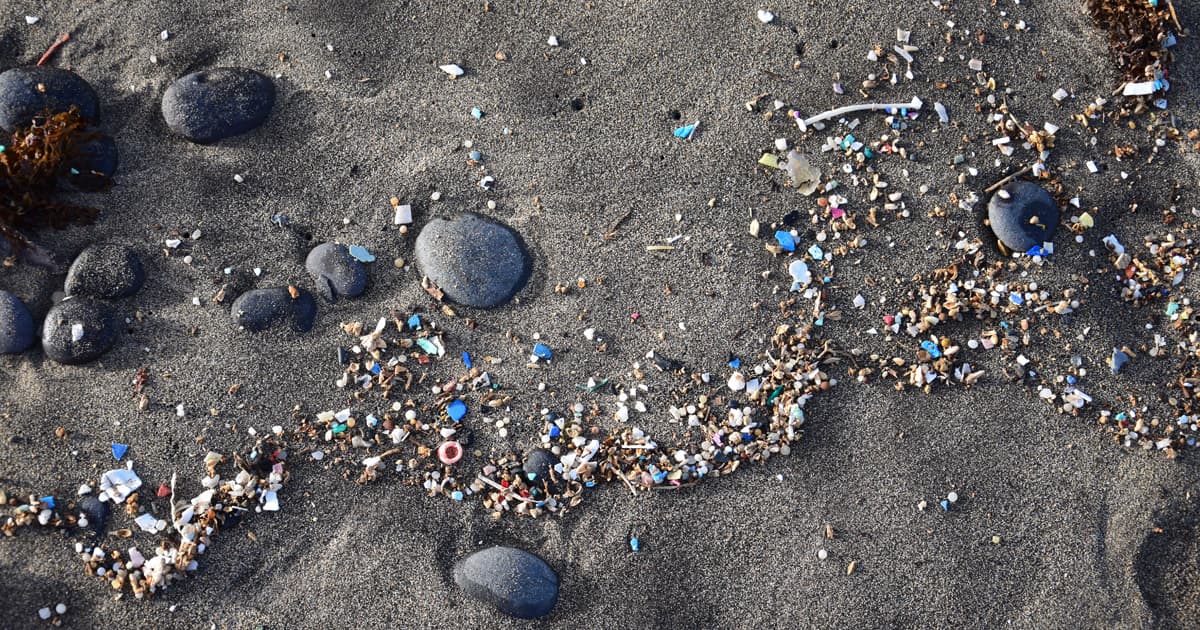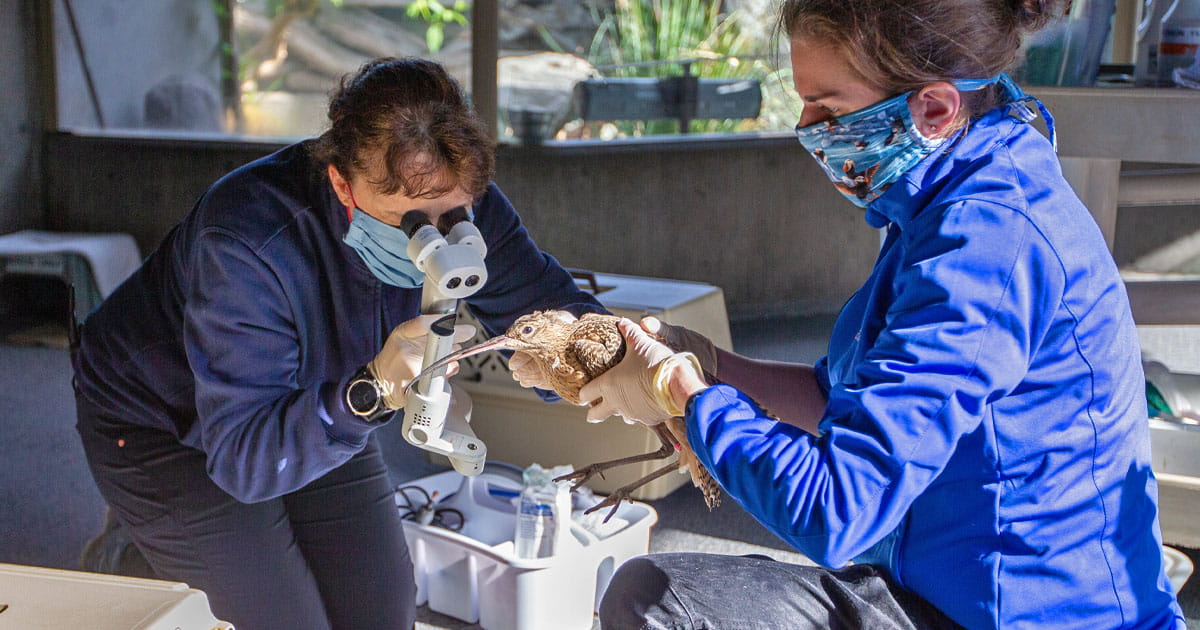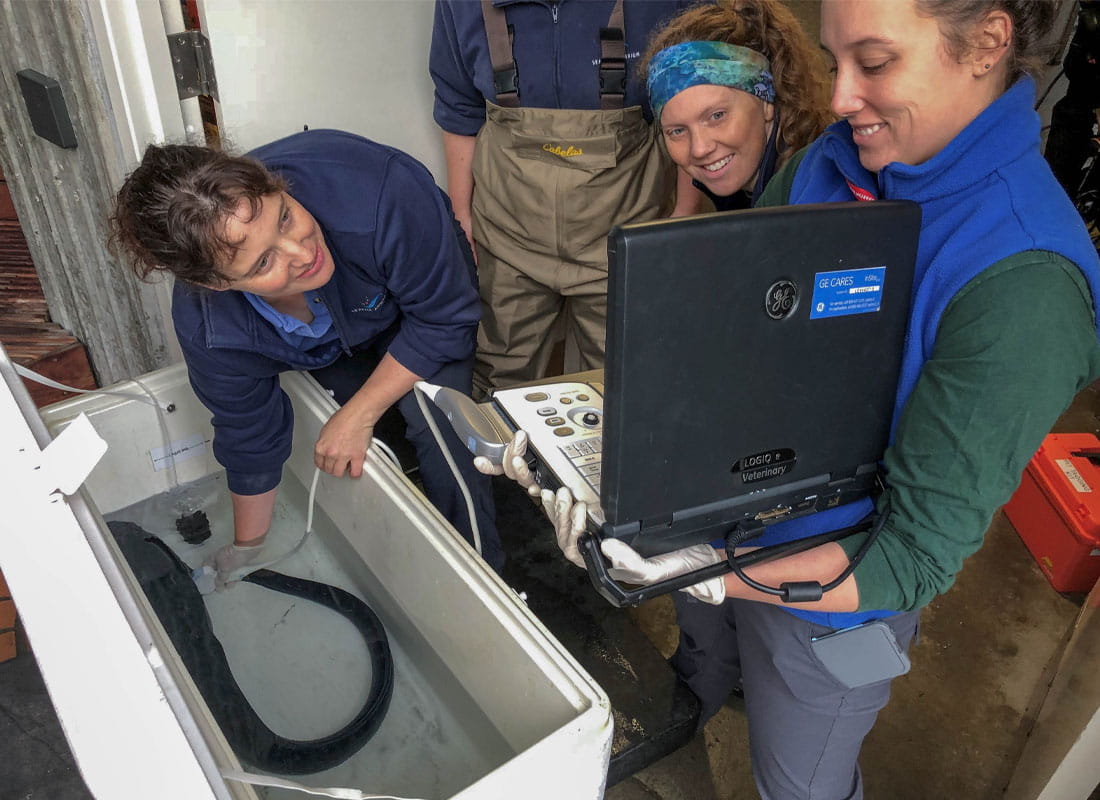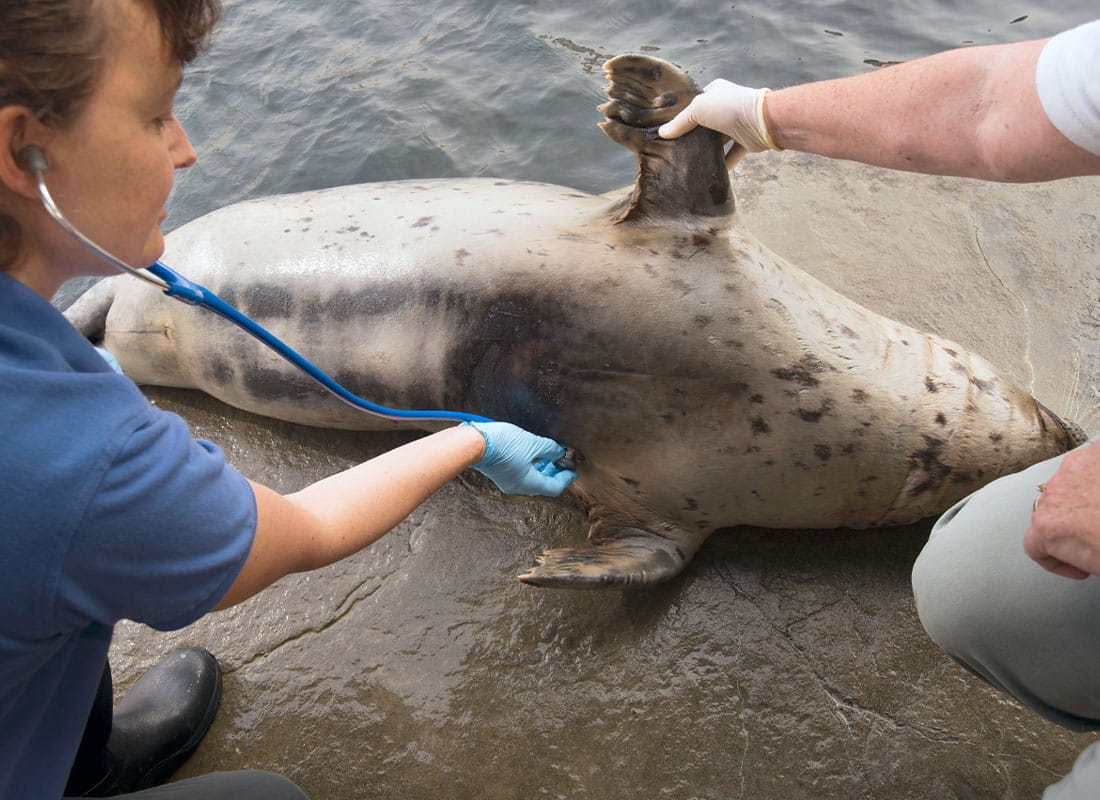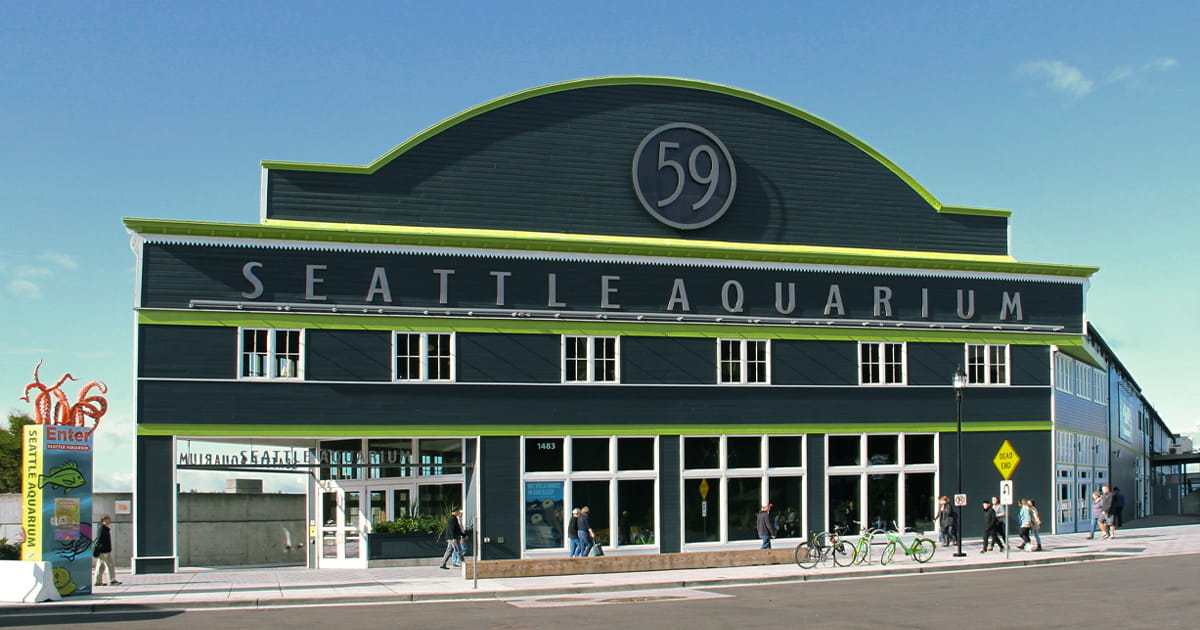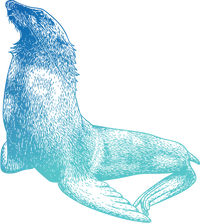A renewed look at all that packaging
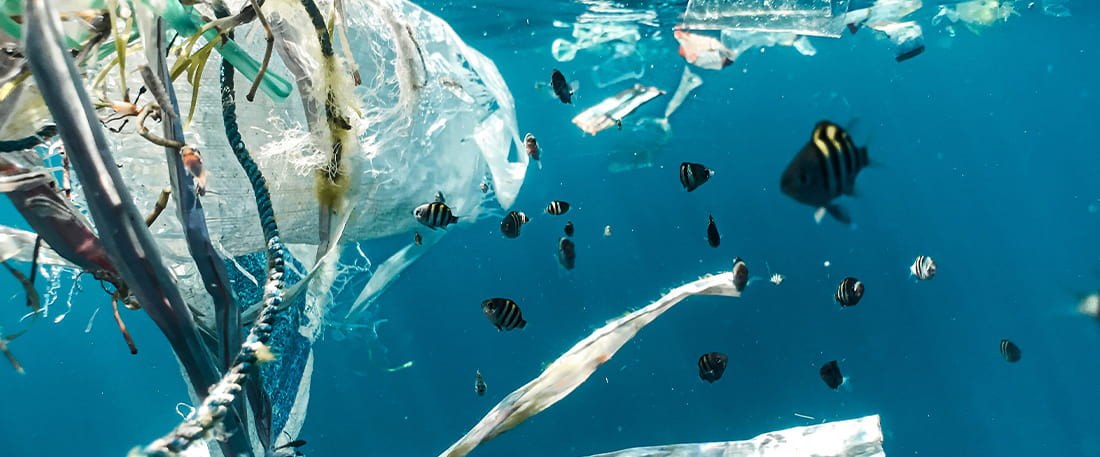
A six pack of soda bottles held together by plastic rings and wrapped with labels. Clamshell containers filled with berries. Two boxes of pasta with miniature plastic windows. A variety pack of single-serving yogurts. Apples and bananas, each with a plastic sticker.
Does it ever feel like a trip to the grocery store is awash in unnecessary packaging? Maybe it also leaves you confused about what can go in the recycling bin and what can’t. Then there’s all the packaging from online purchases and restaurant take-out containers, as well as things like toys that may be packaged with a combination of cardboard and different kinds of plastic that can be hard to separate and sort. Even packaging that is recyclable may end up in the landfill—a 2019 study in Washington found that only 58% of jurisdictions have access to curbside recycling collection.
Small pieces of plastic and other packaging add up—to a mounting pollution problem. Each year, millions of tons of plastic enter our ocean. This waste, much of it from single-use packaging, pollutes coastal ecosystems and harms marine life. Hundreds of marine species, including whales, salmon and seals, ingest plastic pellets or become entangled. Plastic pollution impacts deep ocean ecosystems as well as Puget Sound. Seattle Aquarium research finds that microplastics are ubiquitous in local waters.
We live in an era of plastic and other packaging, all designed for just a few minutes of use. In the next 30 years, we’ll produce even more plastic waste—an estimated four times more than we have now. Globally, only 9% of all plastic ever created has been recycled—the rest has been incinerated or discarded, typically ending up in landfills (or worse, out in the environment). And it’s not just plastic we’re concerned about. All kinds of packaging generate greenhouse gas emissions, end up as litter, and can be hard to recycle in the current system.
How do we solve this pollution problem? One important way is addressing packaging and other single-use products at the source. We can all take steps to reduce our environmental footprint by buying in bulk to avoid single-use packaging or choosing used instead of new products whenever possible. In addition to individual actions, however, a critical policy mechanism can help increase recycling, reduce waste and spark transformative change. This policy is called Extended Producer Responsibility.

How does Extended Producer Responsibility work?
Under producer responsibility, companies that make packaging are responsible for the costs, environmental impacts, and end-of-life of their products. The burden thus falls on those who are designing and making the packaging in the first place—rather than on the end-customer or local government. Those producers have plenty of opportunities to make their packaging more sustainable. They can also label things more clearly and accurately, so people know if and where it’s recyclable or compostable.
Producer responsibility is the norm in Canada and much of the European Union. It’s a proven, successful approach to increase package recycling. Countries with producer responsibility laws have seen recycling rates skyrocket. In 2021, Maine and Oregon became the first U.S. states to pass producer responsibility legislation. Now, Washington has an opportunity to join them.
What is the Seattle Aquarium doing?
Together with our Plastic Free Washington coalition partners, the Aquarium is working to advance the RENEW Act (SB 5697), championed by Senator Das and Representative Donaghy this legislative session to modernize and transform our recycling system and reduce waste. Through producer responsibility and funding to ensure that every Washington resident has access to convenient recycling services, Washington can once again become a leader in responsible recycling and help keep plastic and other litter out of the environment.
The Seattle Aquarium also strongly supports the federal Break Free from Plastic Pollution Act, which would establish similar requirements for packaging producers nationwide. The Act would also support reuse and refill programs; ban non-recyclable single-use products like plastic utensils and carryout bags; and put a temporary pause on new plastic facilities because of environmental justice and public health concerns.
Take action!
- If you live in Washington, find your WA legislative district and urge your legislators to reduce plastic pollution by supporting the RENEW Act (SB 5697) in the 2022 session. Ask them to support “extended producer responsibility” legislation in our state.
- Contact your members of Congress and ask them to help advance the Break Free from Plastic Pollution Act (S.984/H.R. 2238) to address plastic pollution across the United States.
- Choose products with less packaging. Buy used instead of new whenever possible. Buy in bulk rather than singly packaged snacks and other items. Reward corporations that package responsibly.
- Check out our Act for the Ocean page for additional ways you can help the ocean and marine wildlife!
